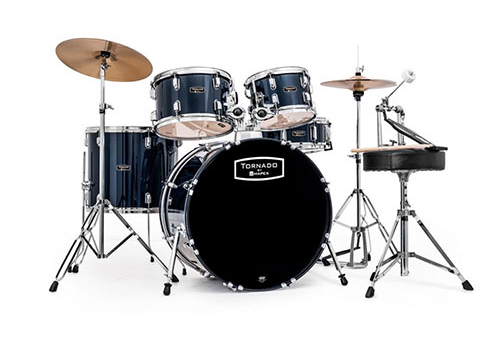Pulished on Apr. 15, 2021
Metal spinning is a near-net shape forming process used to produce axisymmetric hollow parts, usually with a circular cross-section, which involves forming sheet metal on a rotating mandrel with the aid of one or more rigid tools called "rolls". The rolls are selected in different diameters, profiles, thicknesses and materials (including plastics) with regard to blank size, material type, product radius and desired surface finish.
CNC spinning machine imparts continuous localised plastic deformation by the feed movement of the rolls. The localised material deformation in metal spinning, in contrast to the integral deformation in deep drawing, offers inherent advantages, including process flexibility, non-specialised tooling, low forming loads, good dimensional accuracy and surface finish, high material utilisation, low production costs and improved performance mechanical properties.
Metal spinning consists of three main processes: conventional spinning, shear spinning and flow forming, the main difference between these three processes being the wall thickness after spinning.
In conventional spinning, the wall thickness remains almost constant throughout the process and the final wall thickness of the spun part is approximately the same as that of a flat blank. The spinning sheet blanks are pressed locally by means of a roll tool, which results in a spinning component shape called a mandrel. The roll tool pushes against the blank along a predetermined forming path consisting of a plurality of roll paths. The forming action continues until the interior of the formed part matches the contour of the mandrel. Depending on the size, complexity, type of material and quality requirements of the part, it is sometimes possible to spin certain parts in a single roll.
Spinning can produce a variety of shapes, including domes, cylinders, cones and complex geometries made up of combinations of these shapes. The final diameter of the spun part is always smaller than the original blank diameter, but the wall thickness remains the same as that of the blank.
The forming stresses that lead to yielding determine the classification of the spinning process. In conventional spinning, tensile-compressive stresses dominate, placing the spun wire in the same set of metal forming processes as bending and deep punching.
Other types of classification: Mandrel and mandrelless spinning, external (necking) and internal (extension) spinning, opposed roller spinning, hot and cold spinning, manual spinning and CNC spinning.

Usually in conventional spinning machines, shear spinning or shear forming forms metal plates on a rotating conical mandrel. The wall thickness is intentionally reduced and the angle between the part wall and the spinning shaft determines the degree of reduction.
The process is fundamentally different from conventional spinning processes. In shear spinning, the rollers not only form the blank on the blank, but also apply a compressive force as they move so that the material stretches on the blank one pass at a time, while the outer diameter of the final part remains the same diameter as the original blank.
In flow forming or tube spinning, the wall thickness is intentionally reduced and the required increase in part length determines the degree of reduction.
Flow forming looks similar to metal spinning, but the process requires special flow forming equipment. It involves the deformation of a rotationally symmetrical hollow part sandwiched between a rotating mandrel and a tailstock. The deformation is caused by the local radial pressure generated by the (usually) three simultaneously applied rollers. The metal flow follows the contour of the internal mandrel.
Tubular blanks are typically used in flow forming processes where the ideal tube is made from a material with low flow stress, high tensile to yield strength ratio, high tensile elongation and high area reduction.
The spinning process allows for the economical production of a wide range of products. Examples include: vases, baskets, pots, bowls, jugs, blower housings, fans, filters, nozzles, ladles, cones, cups, funnels, venturi tubes, domes and drums.
Previous: What Are Aircrafts Made of?
Next: What Is a Lathe?